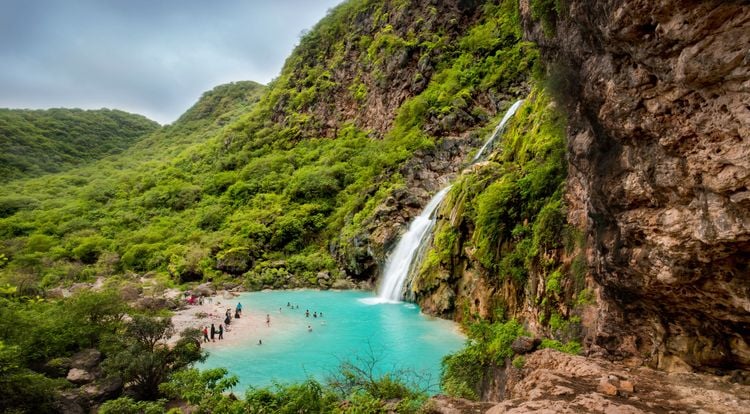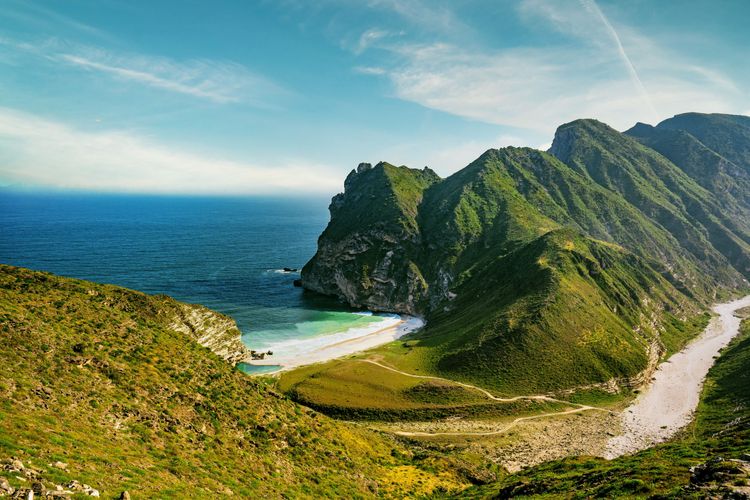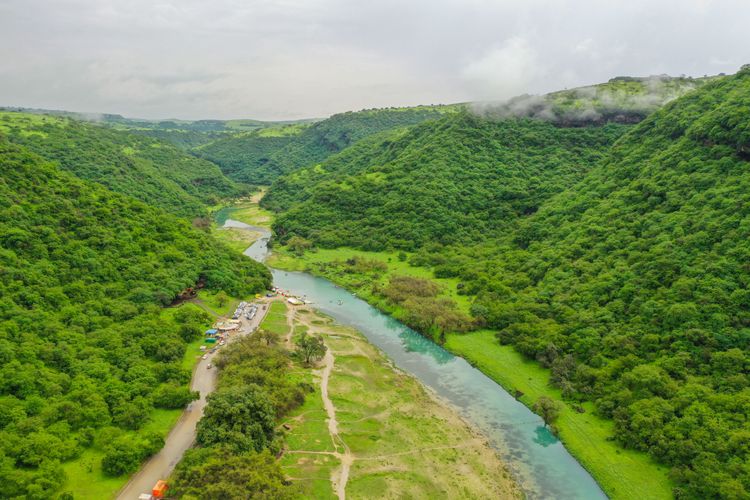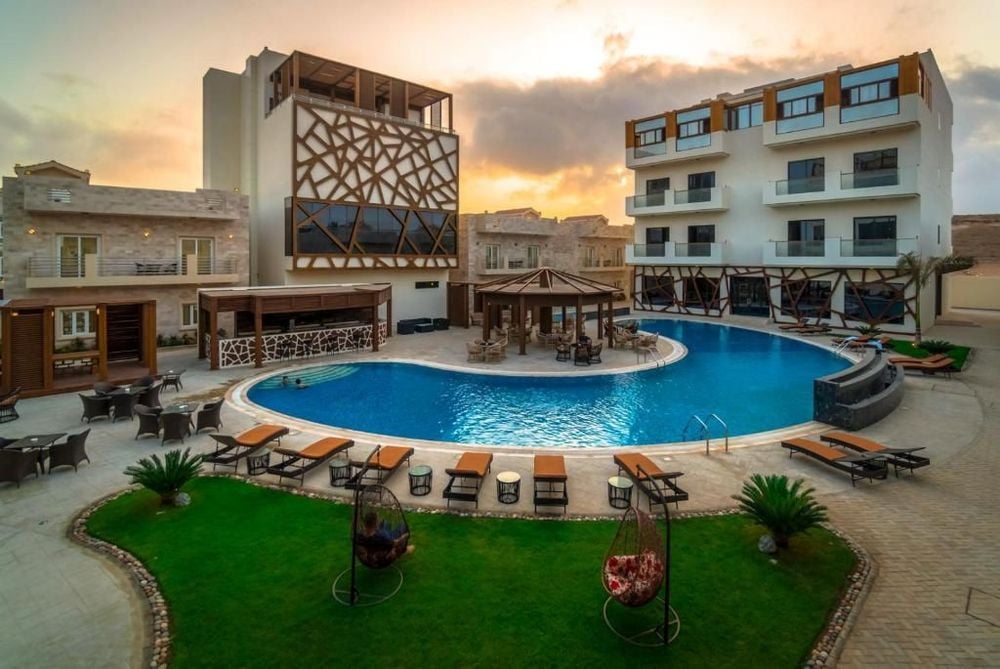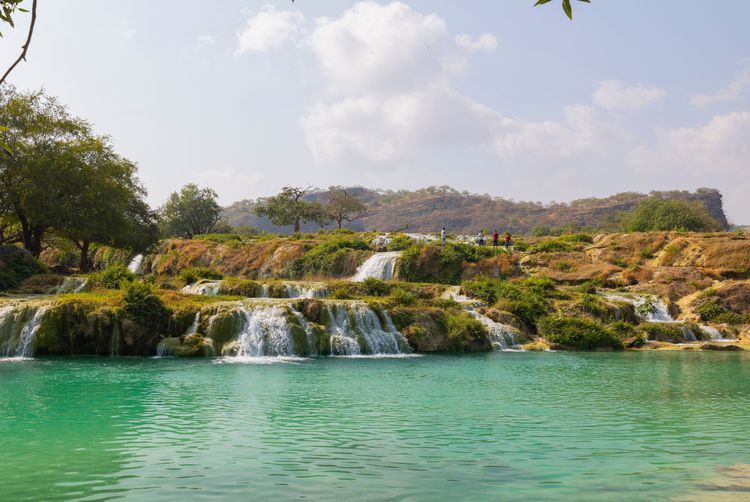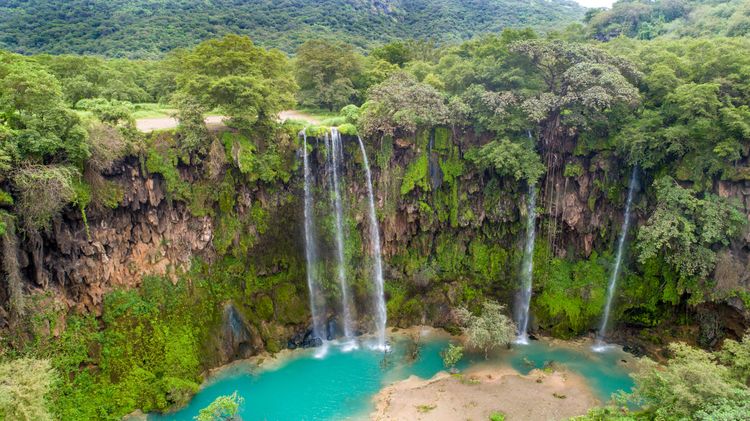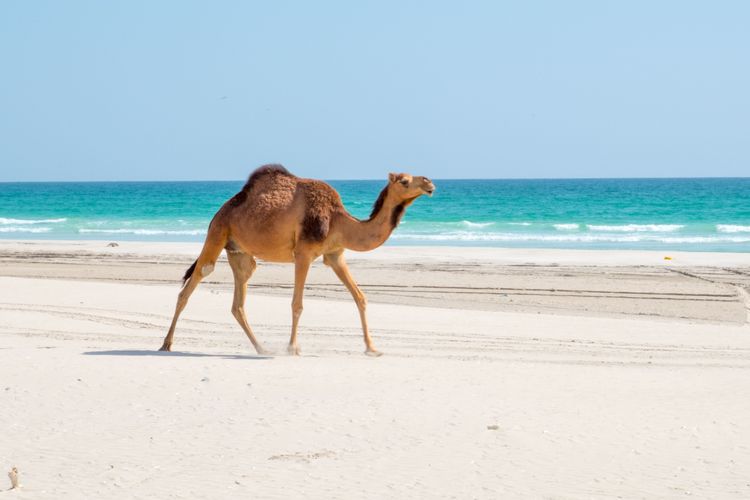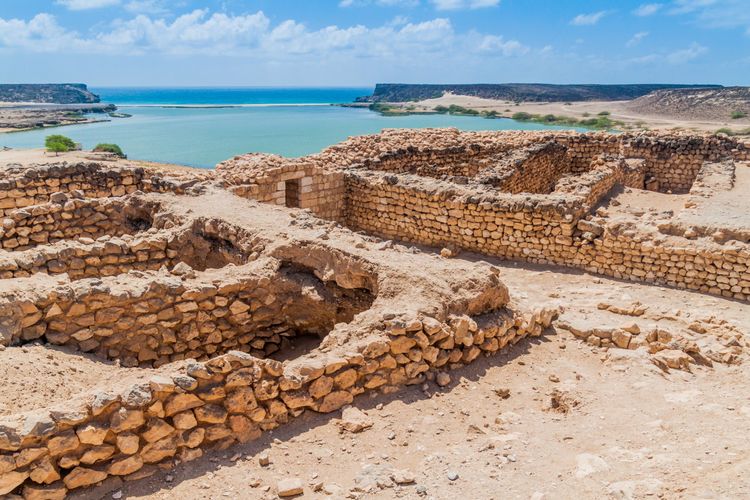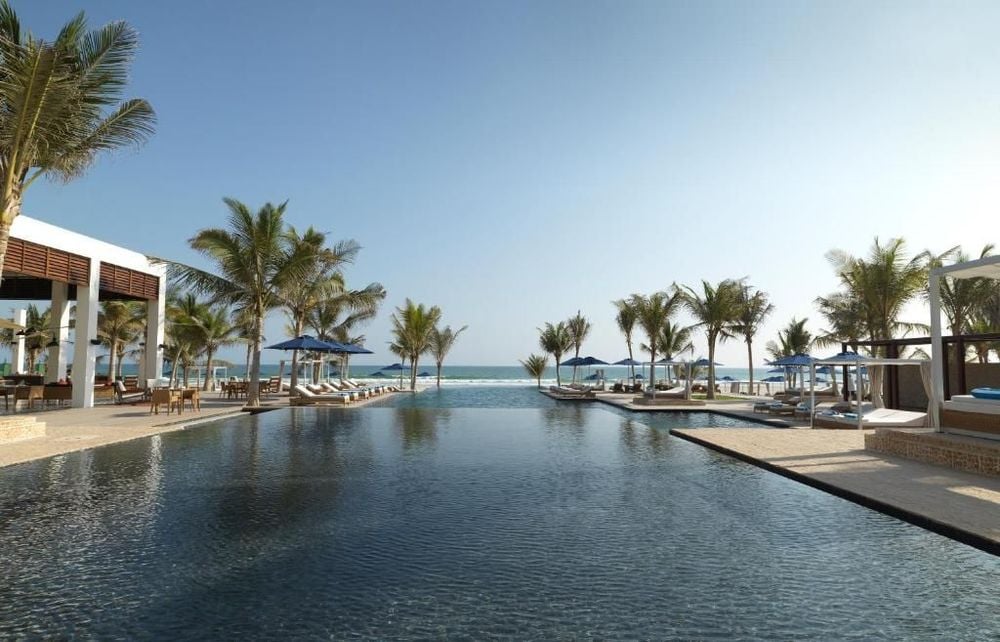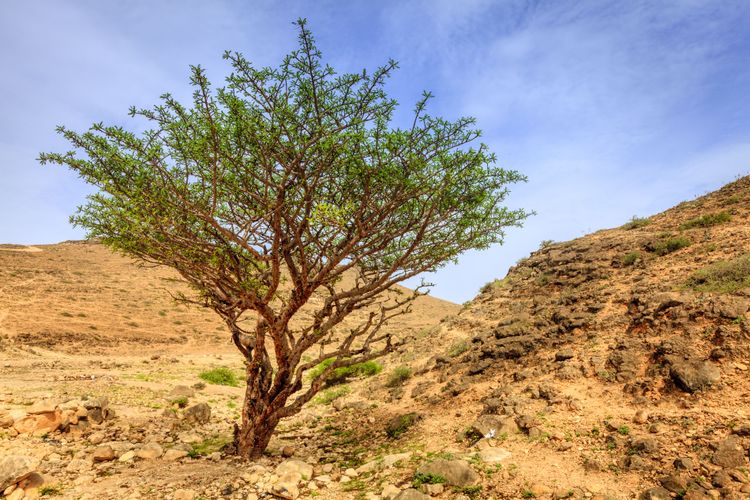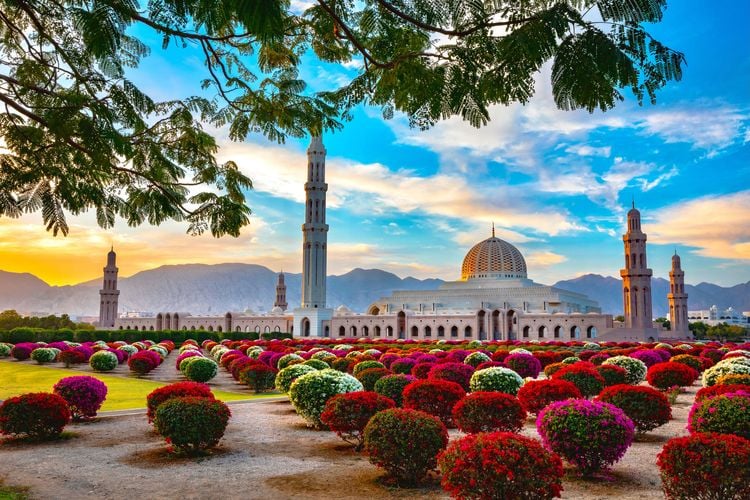There are several options for getting to this remote region: Drive there from the north of Oman. Be aware that it takes around 1000 km from Muscat! Take a domestic flight from Muscat to Salalah, with the national airline Oman Air. Go directly from France by booking a flight to Salalah.
Once you're there, if you've come by plane, a hire car is essential for visiting the region.
